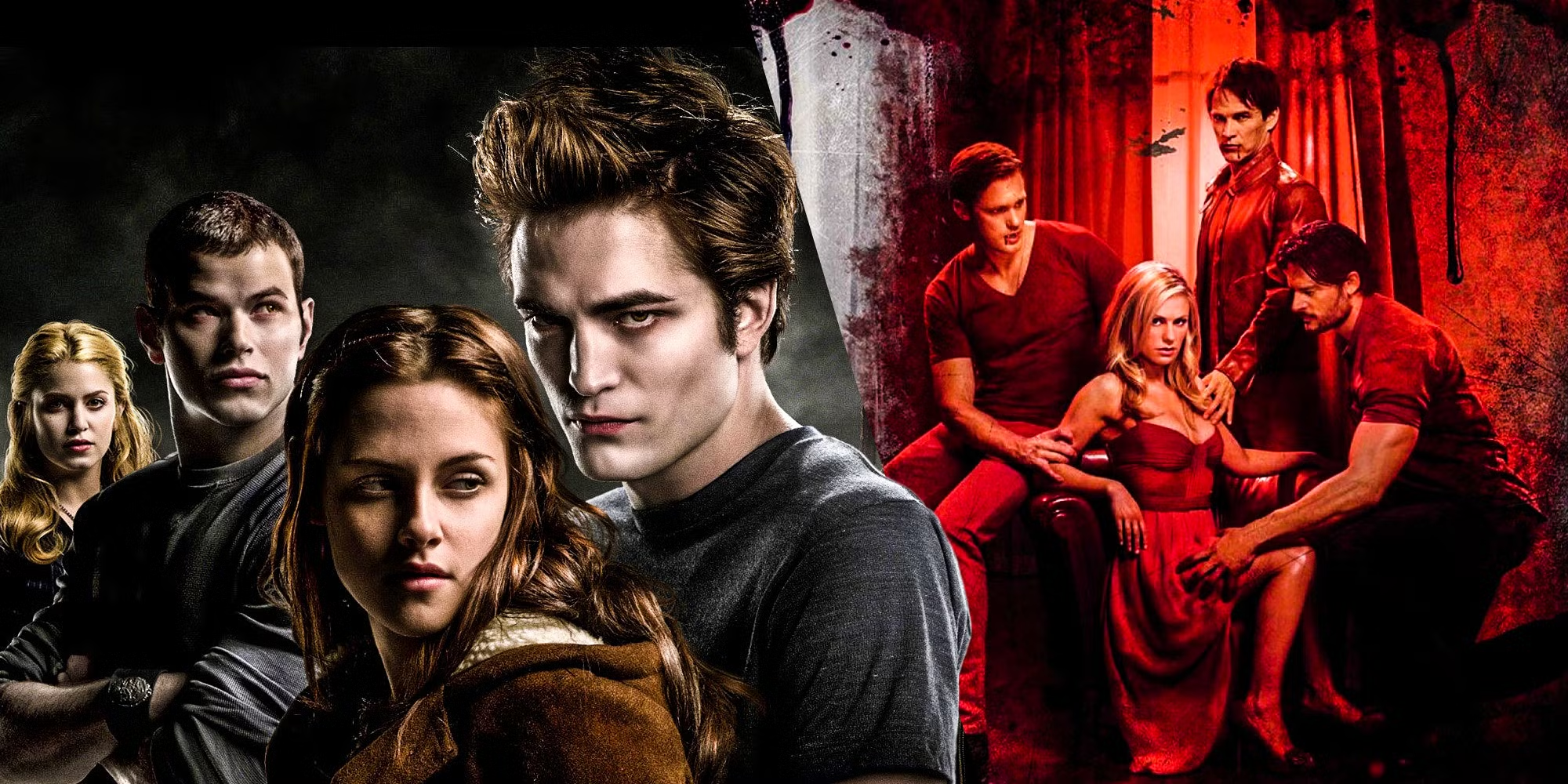True Blood: A Deep Dive into the Phenomenon of the Web Series
Introduction: What Is True Blood?
“True Blood” is a supernatural drama series that first captivated viewers in 2008. Created by Alan Ball, based on the “Sookie Stackhouse” novels by Charlaine Harris, the show blends elements of horror, fantasy, romance, and dark comedy to create an addictive narrative. Set in the fictional town of Bon Temps, Louisiana, the series introduces a world where vampires have “come out of the coffin,” living openly among humans. It explores themes of power, prejudice, identity, and the complexities of love, all against a backdrop of supernatural intrigue.
With its unique blend of gripping storytelling, complex characters, and provocative themes, “True Blood” became a cultural phenomenon that ran for seven successful seasons until its conclusion in 2014.
The Storyline: Vampires, Witches, and Werewolves – Oh My!
“True Blood” is set in a world where vampires are no longer a secret to society. They “came out of the coffin” after the invention of synthetic blood, allowing them to live openly and peacefully among humans. The show primarily revolves around Sookie Stackhouse, a telepathic waitress in Bon Temps, who gets entangled with the mysterious vampire Bill Compton. As the story unfolds, Sookie becomes involved in a world filled with vampires, werewolves, witches, fairies, and other supernatural beings.
Main Plot Elements
- Sookie and Bill’s Relationship: Central to the series is the love story between Sookie and Bill, which is tested time and again by the dangers of their supernatural world.
- Vampires and Humans Coexisting: The show explores the political and social dynamics between humans and vampires, with many allegories to real-world issues like racism and intolerance.
- Supernatural Politics: Various factions within the supernatural community vie for power, adding layers of intrigue and conflict throughout the series.
- Sookie’s Telepathic Ability: Sookie’s ability to hear people’s thoughts is both a gift and a curse, propelling much of the drama and tension in the storyline.
See also: Bhool Chuk Maaf: A Cinematic Masterpiece of Love, Regret, and Redemption
Key Characters: A Supernatural Ensemble
Sookie Stackhouse
Portrayed by Anna Paquin, Sookie is the heart and soul of the series. As a waitress with the ability to read minds, she’s drawn into the dark and dangerous world of vampires and other supernatural beings. Sookie’s relationships with vampires, particularly Bill Compton and Eric Northman, are central to the plot.
Bill Compton
Bill, portrayed by Stephen Moyer, is the first vampire Sookie meets. A Confederate soldier turned vampire, Bill is a complex character whose relationship with Sookie is filled with tension, love, and the occasional betrayal. His struggle to reconcile his vampire nature with his love for Sookie drives much of the drama.
Eric Northman
Played by Alexander Skarsgård, Eric is a thousand-year-old vampire with a commanding presence. He is both charming and ruthless, making him one of the most captivating characters on the show. His relationship with Sookie evolves throughout the series, shifting from antagonistic to deeply romantic.
Other Notable Characters
- Tara Thornton (Rutina Wesley): Sookie’s best friend, who also grapples with her own supernatural struggles.
- Alcide Herveaux (Joe Manganiello): A werewolf who plays a key role in the series, particularly in the later seasons.
- Pam De Beaufort (Kristin Bauer van Straten): Eric’s loyal and sassy vampire progeny.
Themes and Symbolism: Social Commentary Through the Supernatural
“True Blood” is more than just a supernatural drama—it also serves as a powerful social commentary. The show delves into issues like prejudice, equality, and the challenges of living on the fringes of society. Vampires, for example, are often depicted as a marginalized group, facing prejudice and hostility from humans. This mirrors real-world issues such as racial discrimination, LGBT rights, and political power dynamics.
Racism and Discrimination
One of the primary allegories in “True Blood” is the comparison between the vampire community’s struggles for acceptance and the struggles of various marginalized groups in society. The notion of “mainstreaming” vampires (getting them to integrate into human society) echoes the fight for civil rights.
The Nature of Power
The power struggles between vampires, witches, werewolves, and humans highlight the corrupting nature of power. The vampire authority, known as the “Vampire Authority,” attempts to exert control over vampire society, creating a political landscape filled with intrigue and betrayal.
The Impact of True Blood on Pop Culture
“True Blood” made a significant impact on both television and pop culture. The show was known for its explicit content, including graphic violence, sexuality, and nudity, which pushed boundaries and attracted a dedicated fanbase. Its mix of genres—from horror to romance—appealed to a wide range of viewers, establishing it as one of the most talked-about series of its time.
Influence on Other TV Shows
The success of “True Blood” paved the way for other supernatural shows like “The Vampire Diaries” and “The Originals,” which built on similar themes of vampires and supernatural politics. However, “True Blood” stood out for its darker tone and its willingness to confront adult themes head-on.
Music and Soundtrack
The show also gained recognition for its iconic soundtrack, which featured artists like Jace Everett, who performed the show’s theme song “Bad Things.” The music was carefully curated to match the tone of the series, contributing to its overall atmosphere.
Why True Blood Became a Cultural Phenomenon
Several factors contributed to the massive success and longevity of “True Blood.” Its compelling characters, bold storytelling, and exploration of controversial themes made it a standout in the crowded world of television. Fans were drawn to the mix of dark fantasy with real-world social issues, making the show both entertaining and thought-provoking.
Fandom and Community
The series fostered a passionate fandom, with fans engaging in online communities, fan fiction, and conventions. “True Blood” gave rise to a community of viewers who felt a deep connection to the characters and the supernatural world. The debates over which vampire (Bill or Eric) was the better match for Sookie were some of the most passionate discussions in the fanbase.
Conclusion: The Legacy of True Blood
“True Blood” left a lasting legacy in the realm of supernatural TV series. Its unique blend of horror, romance, and social commentary set it apart from other shows of its kind. The series explored complex themes like identity, power, and acceptance, all while delivering a thrilling and often provocative narrative.
Even years after its conclusion, “True Blood” continues to be remembered fondly by fans and has influenced a new generation of supernatural television. Whether you’re drawn to its gripping plots, charismatic characters, or its deeper social messages, “True Blood” remains a pivotal piece of television history.


